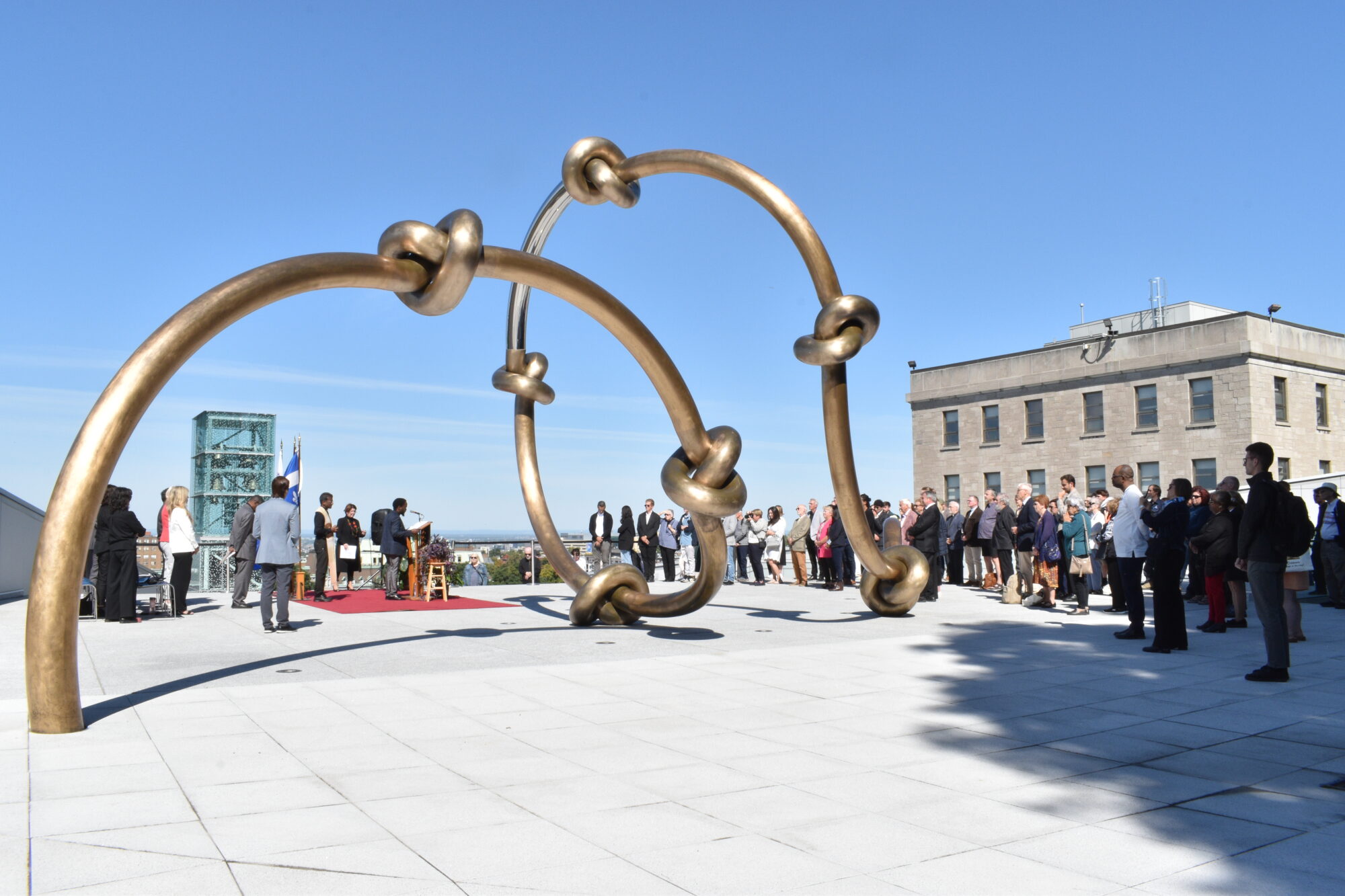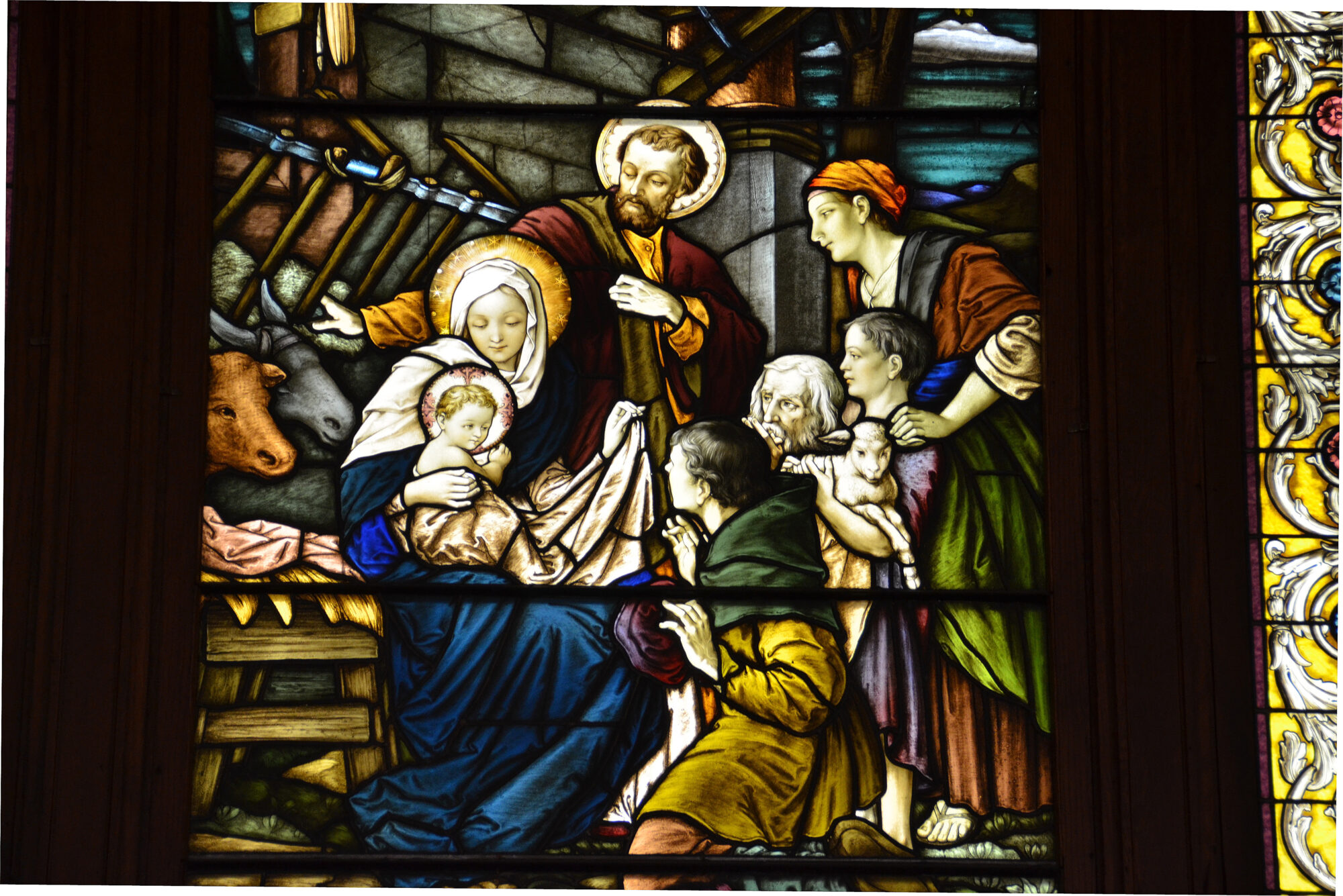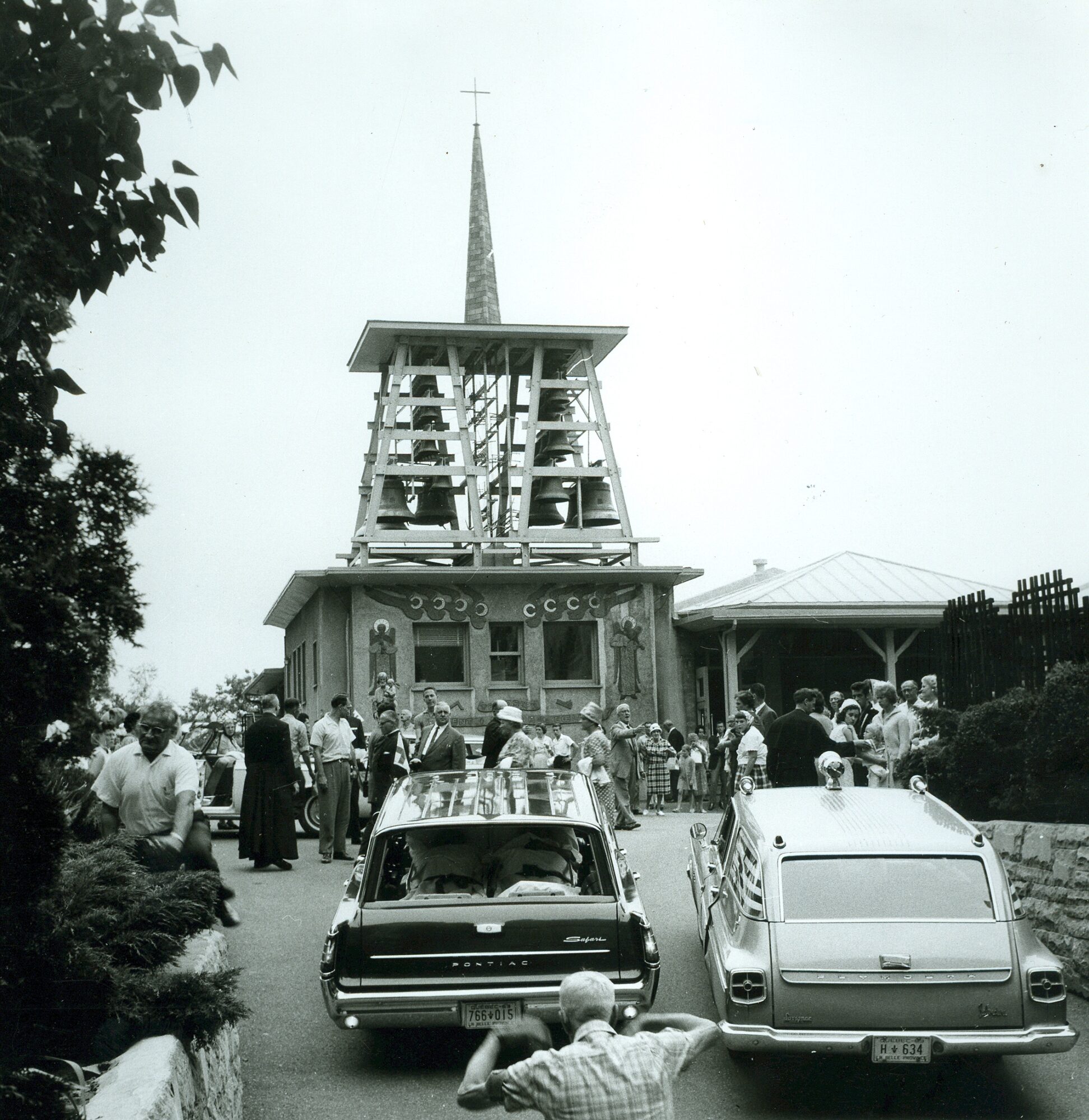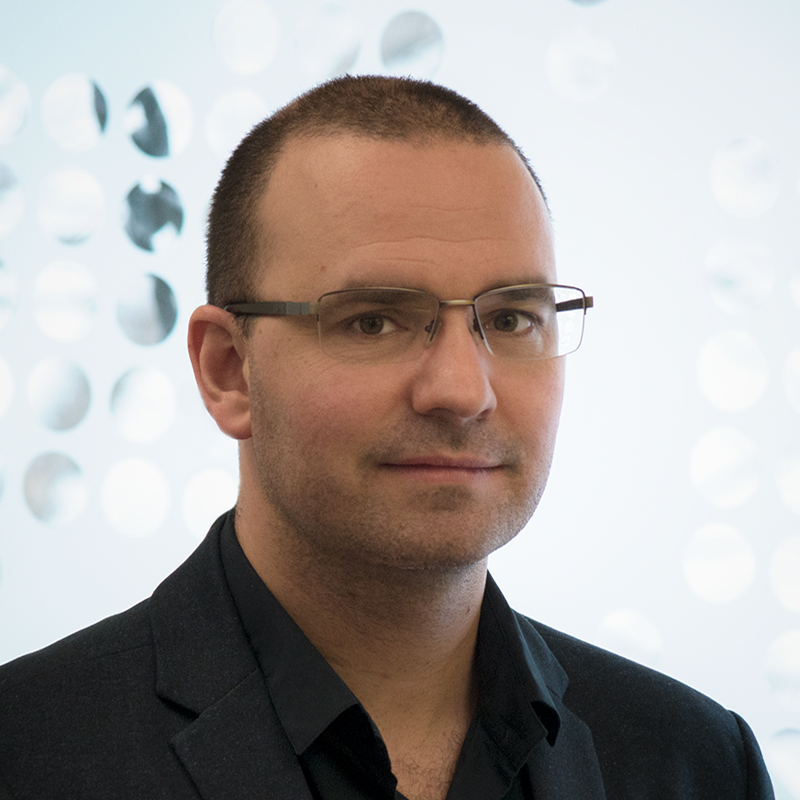The Inauguration of a Public Artwork
On September 12, 2025, the Oratory inaugurated the Holy Family Plaza along with a public artwork, while also presenting a carillon concert that marked both the restoration of the instrument and its 70th anniversary.
Born out of a competition held in 2018 as part of the Government of Québec’s Policy for the Integration of the Arts into Architecture and the Environment, Rhizomes (fig. 1–2) is the first major commissioned artwork by a woman at Saint Joseph’s Oratory of Mount Royal. In doing so, the Oratory joins many other institutions in recognizing the talent, work, and contribution of women to our society.
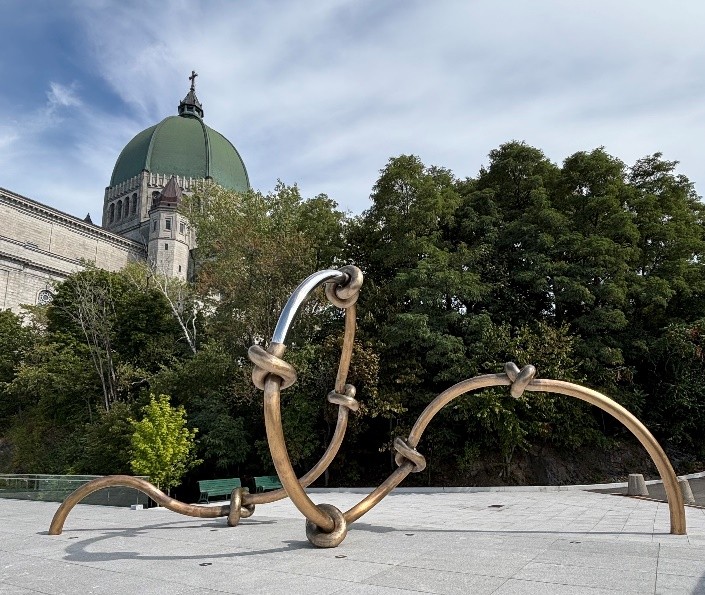 Fig. 1–2: Marie-France Brière, Rhizomes, 2024. Photos: Alexis Roy |
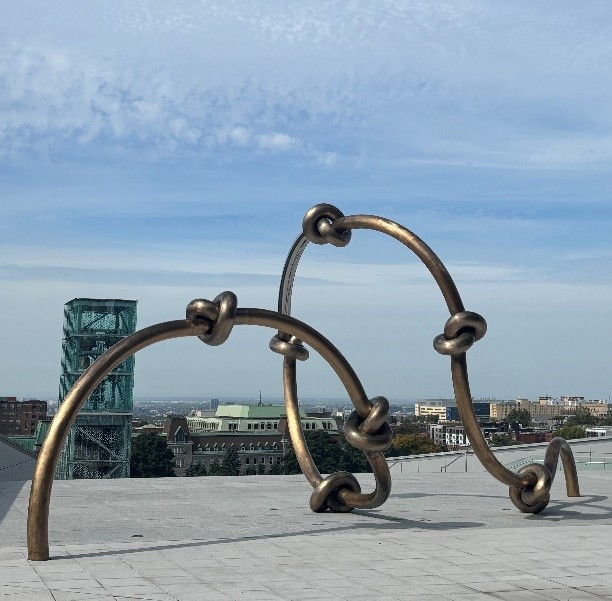 Fig. 1–2: Marie-France Brière, Rhizomes, 2024. Photos: Alexis Roy |
That said, the Congregation of Holy Cross, true pioneers in this regard, had already commissioned several works from an artist now recognized as the first woman to practice sculpture professionally in Québec, Sylvia Daoust. She created the bust of Brother André (fig. 3), statues for the chapel of Collège Saint-Laurent, and the medal marking the Oratory’s 75th anniversary.
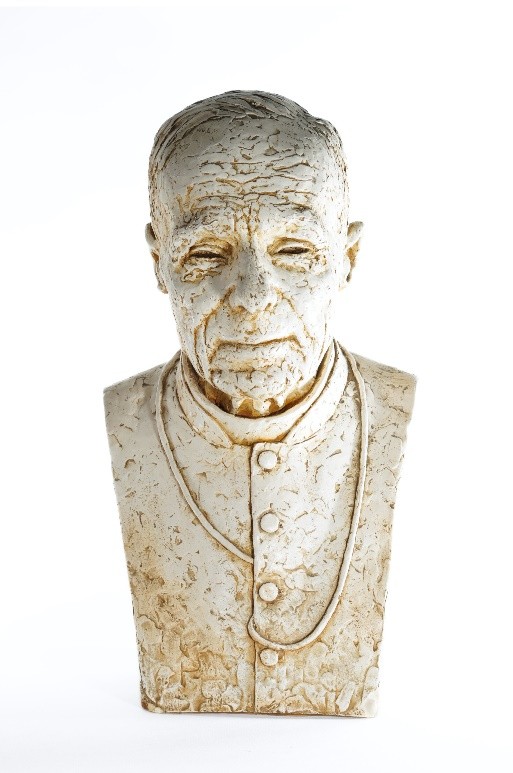
Fig. 3 Sylvia Daoust (1902–2004), Bust of Brother André, 1937
Plaster and paint, 49.7 × 27.7 × 25.5 cm
Oratory Museum, 1973.199.1
Photo: Marie Bernatchez
But let us return to Marie-France Brière—who carries forward the legacy of Sylvia Daoust—and to her work Rhizomes.
The piece takes on its full meaning when we learn that it was inspired by an object featured in the exhibition Saint Joseph Loves Montréal, held at the Oratory Museum from May 28, 2017, to April 2, 2018. The object in question, outdated, modest, and unassuming, is the Cord of Saint Joseph (fig. 4). Its story goes back to the mid-17th century, when an Augustinian nun from Antwerp, Sister Élisabeth, was healed of excruciating pain through prayers with a cord she had made herself, tied with seven knots symbolizing the Seven Joys and Seven Sorrows of Saint Joseph. Both a symbol and a prayer, this devotional cord—associated with the relief of physical suffering—resonates with the original vocation of the sanctuary founded by the miracle worker of Mount Royal in 1904.
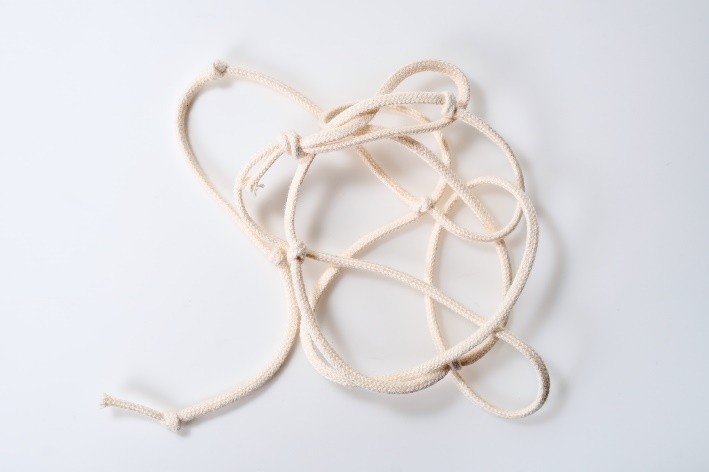
Fig. 4 Sisters of Saint Joseph of Saint-Vallier, 2017
Cord of Saint Joseph, 2017 Fiber, 105 cm
Oratory Museum, 2021.42
Photo: Marie Bernatchez
The laureate, Marie-France Brière, explains: “This work is meant to invite movement within a relational architecture. Its starting point was a small devotional object I noticed in a display case at the Oratory Museum—a simple white cord with knots—that became the main catalyst for my project. From this, a rhizomatic form emerged: the knots evolve into bulbs or tubers, unfolding in a multidirectional, polymorphic organization. From the idea of a fault line and the excavation of rock arose this rounded, supple vein or cable, crossed by seven knot-forms, most of them floating weightlessly.”
The contemporary sculpture possesses undeniable artistic qualities. Its curved, rounded forms give it a certain elegance. The interplay of bronze and stainless steel introduces a striking contrast: suddenly, the mirror-like surface reflects the sky and unsettles the viewer. Finally, its presence in space serves both ornamental and functional purposes, as the work was designed to allow pilgrims and visitors to sit upon it.
The title of the work, Rhizomes, which at first glance refers to the plant world, also metaphorically evokes the fabric and vast network of Québec’s religious heritage, where every village and town bears the mark of an oratory, a chapel, a church, a shrine, a basilica, a cathedral, a carillon—each one linked to the others.
This work thus forges a link between religion, art, and nature—three of the sanctuary’s most essential dimensions, and three reasons why the site draws so many visitors.
Moreover, the inauguration of Rhizomes provided an opportunity to showcase the carillon (fig. 5–6), as these two monumental works stand side by side and serve as the focal points of the Holy Family Plaza. Both highlight the beauty of a noble material—bronze—and invite a parallel between art and music, each playing a vital role in liturgy and devotion.
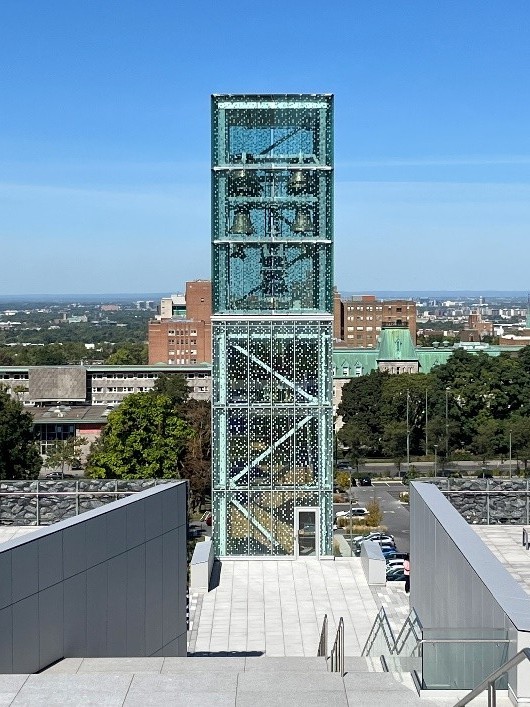 Fig. 5–6 The carillon was crafted and restored by the Paccard Foundry (France); the campanile was designed by the architectural firm Lemay (Québec). Photos: Émie Morneau-Viel and Alexis Roy |
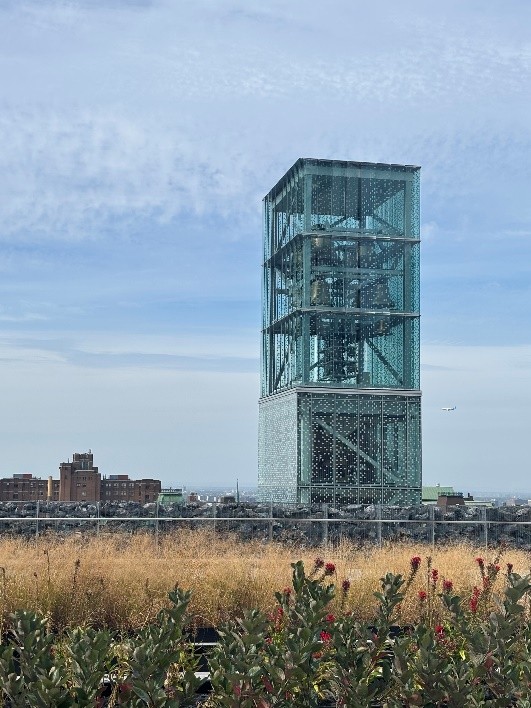 Fig. 5–6 The carillon was crafted and restored by the Paccard Foundry (France); the campanile was designed by the architectural firm Lemay (Québec). Photos: Émie Morneau-Viel and Alexis Roy |
Finally, let us once again highlight the contribution of women to the new Holy Family Plaza. Alongside Mary herself, two other women were honored on September 12, 2025: sculptor Marie-France Brière (fig. 7) and carillonneur Andrée-Anne Doane (fig. 8), to whom we extend our gratitude.
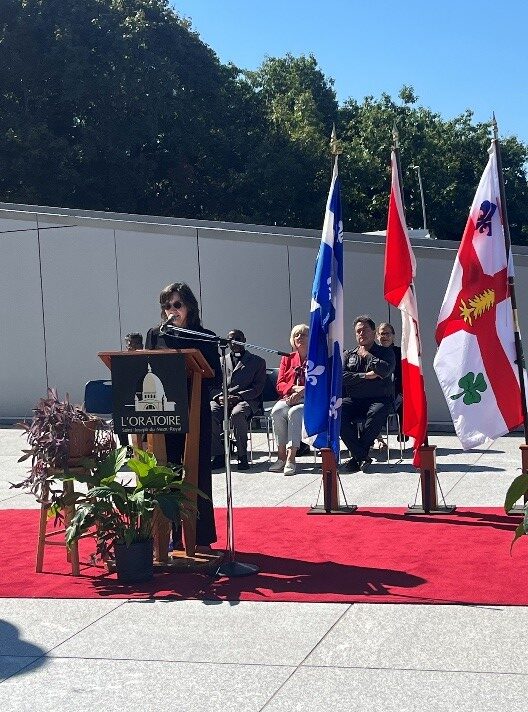
Fig. 7 Marie-France Brière during her inauguration speech, September 12, 2025. Photo: Émie Morneau-Viel

Fig. 8 Andrée-Anne Doane during the presentation of the carillon, September 12, 2025. Photo: Émie Morneau-Viel

